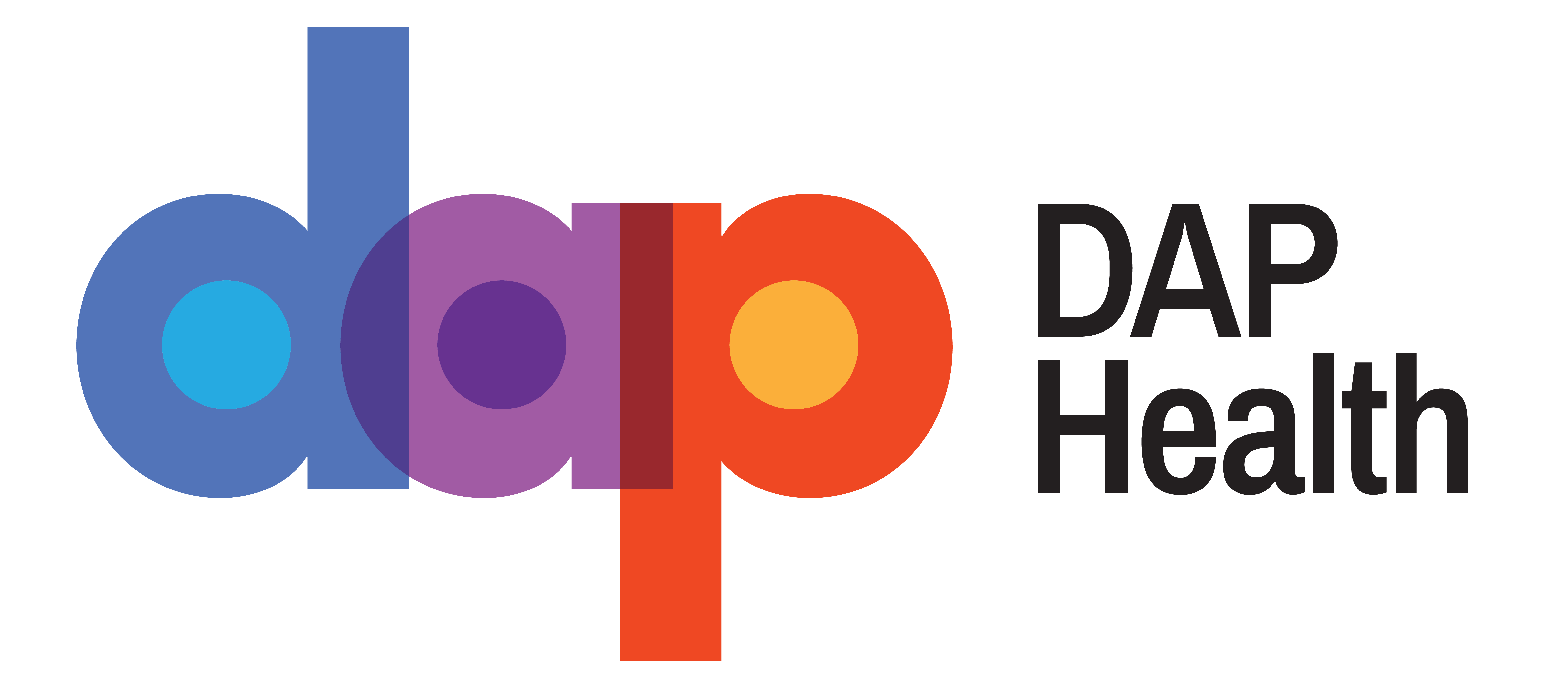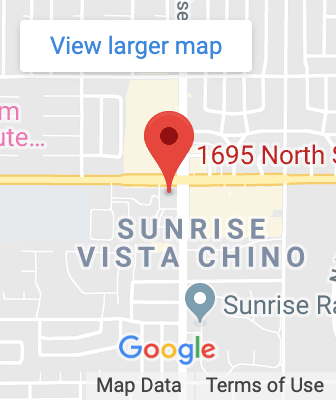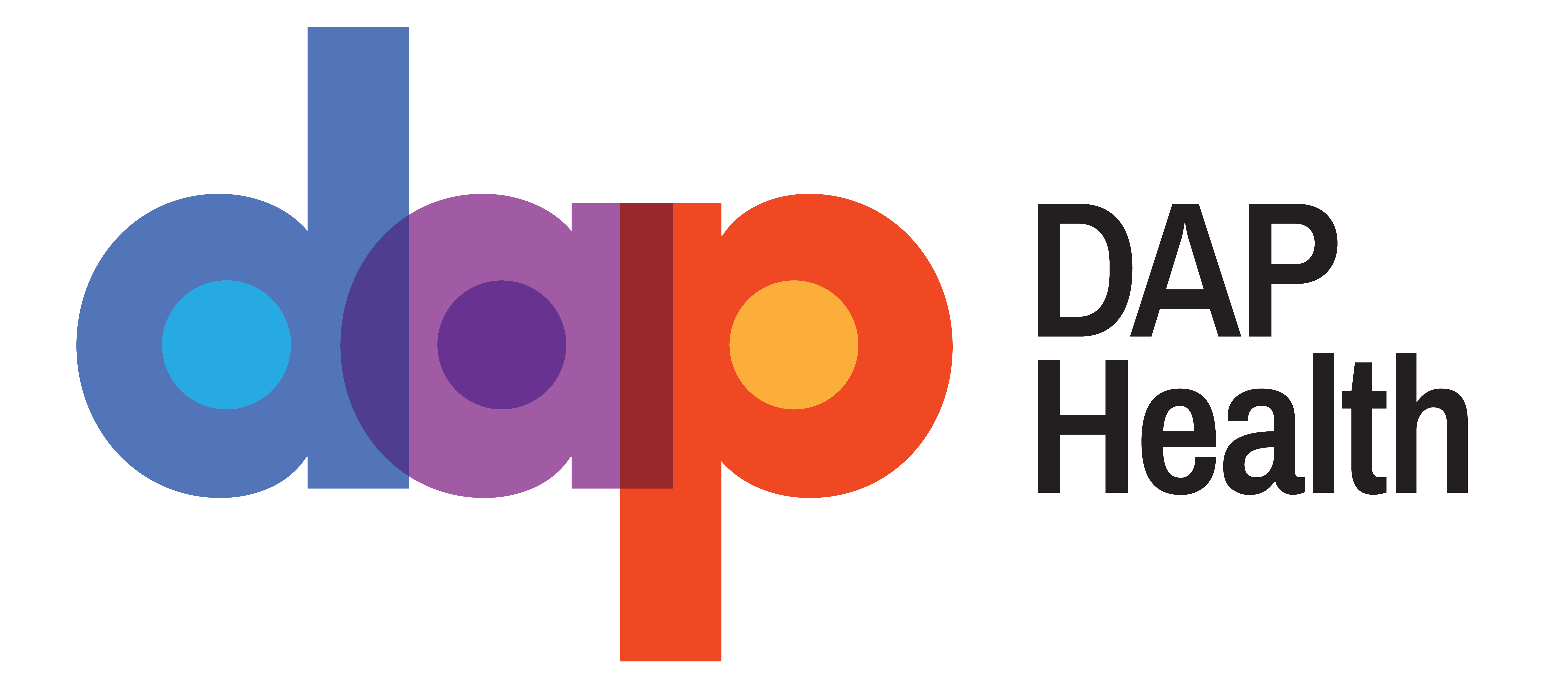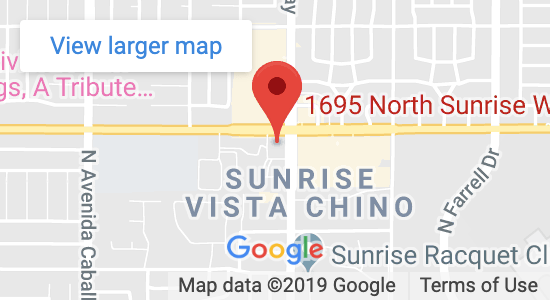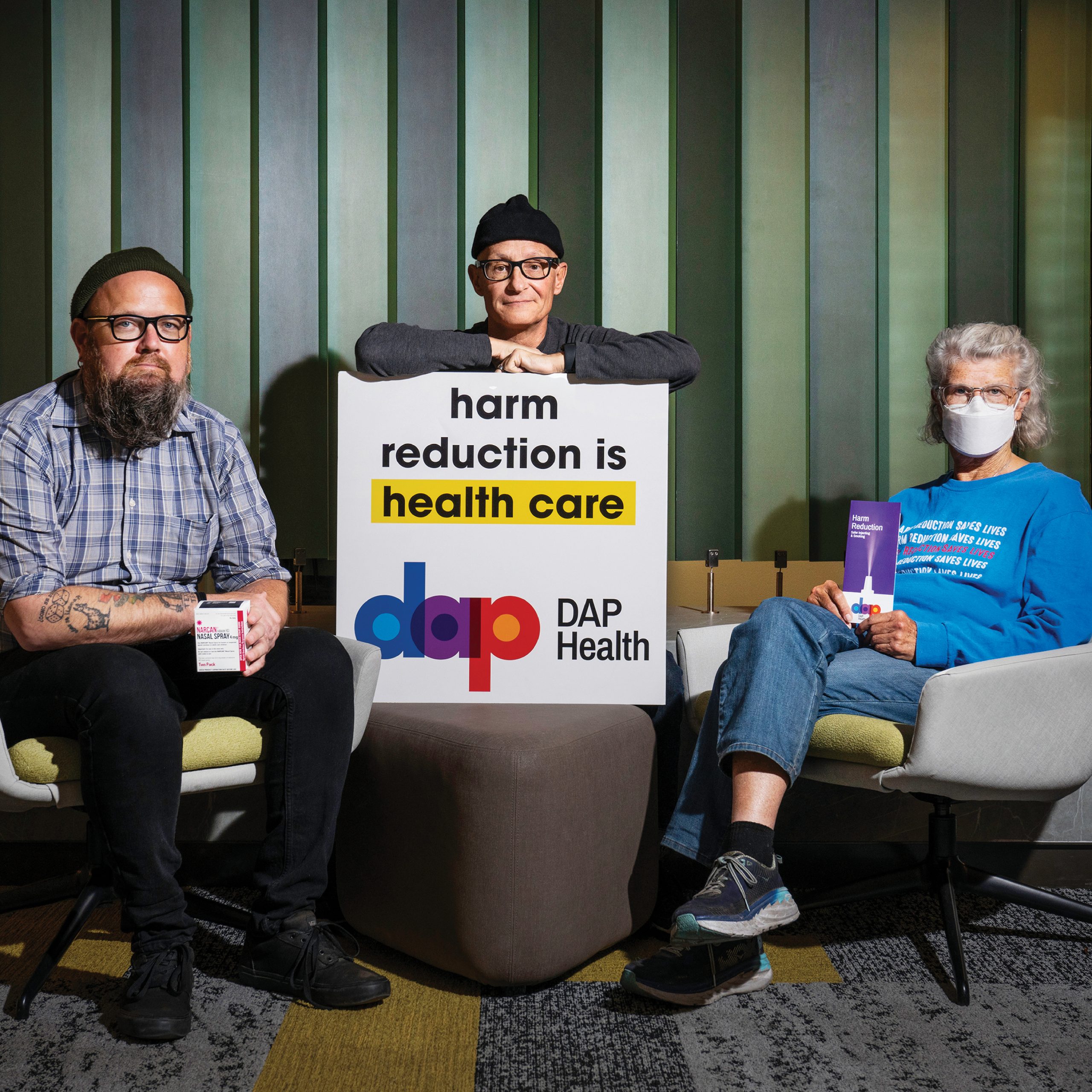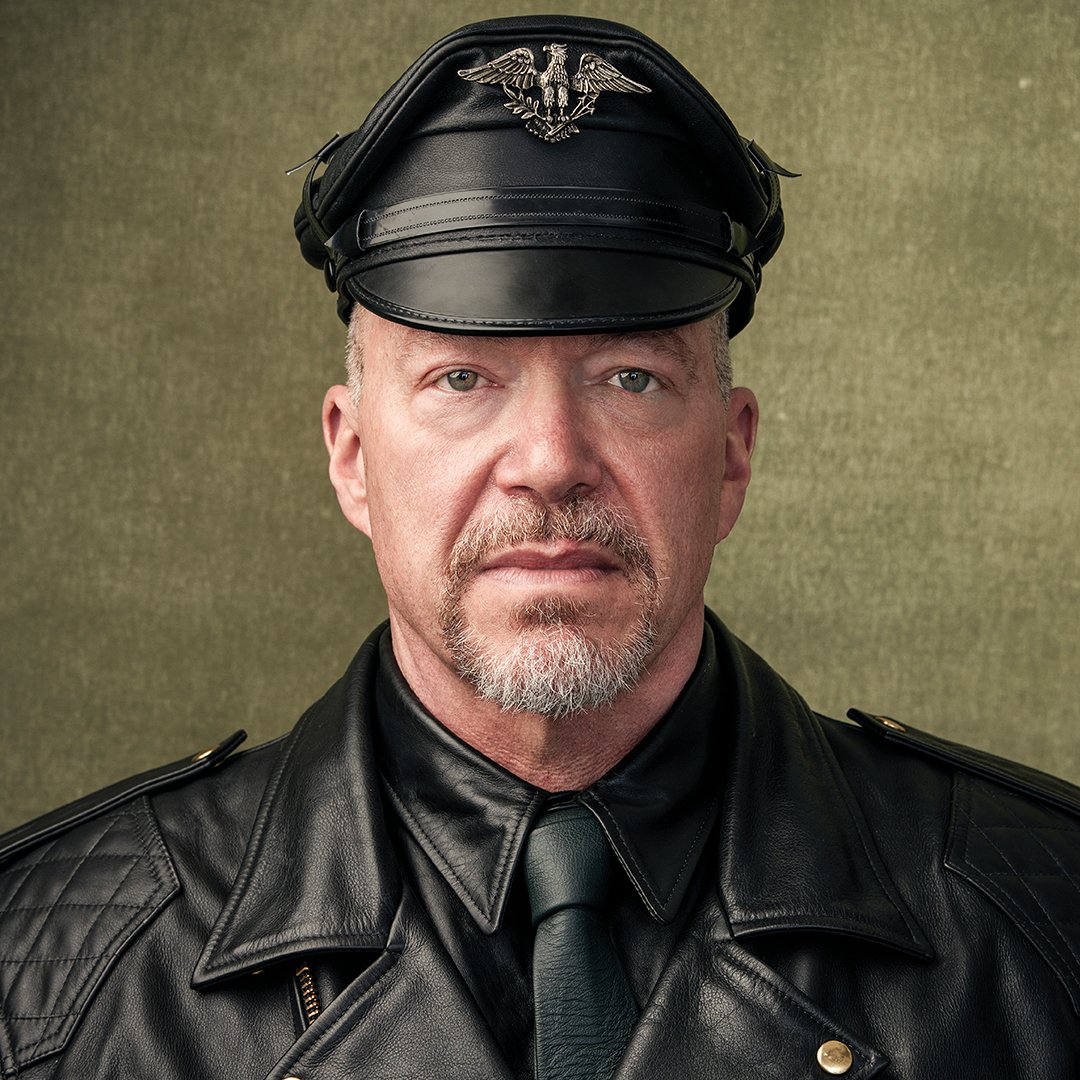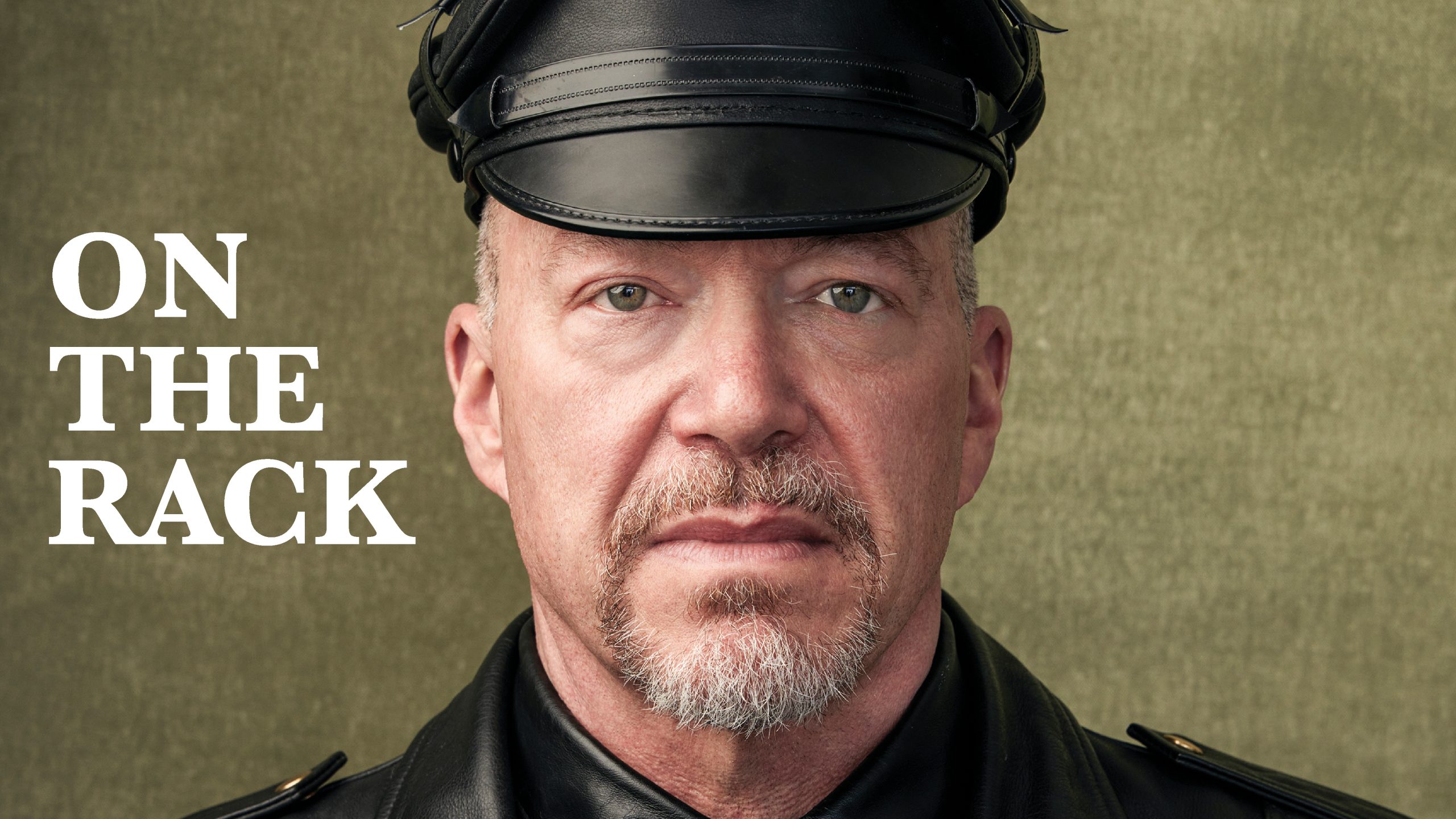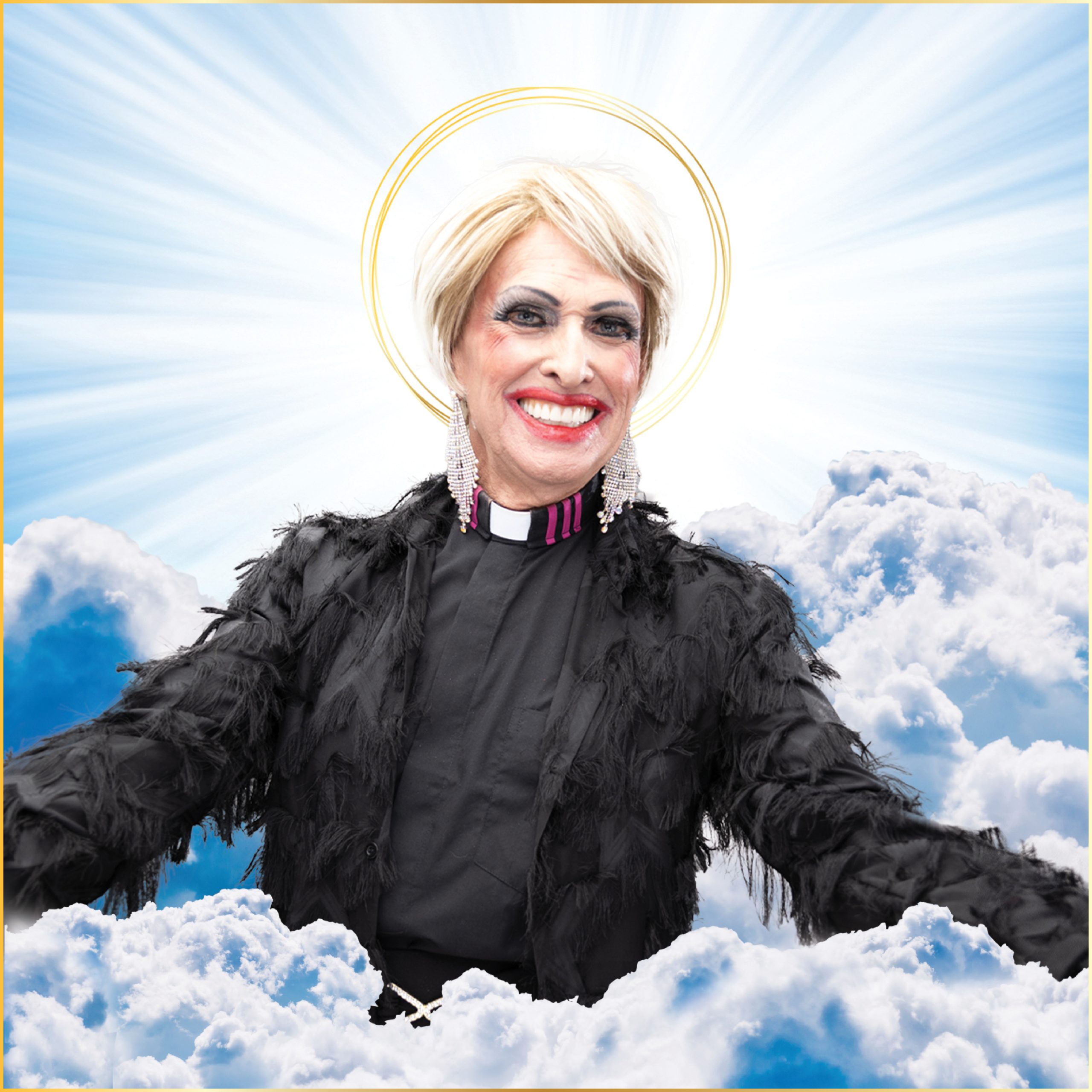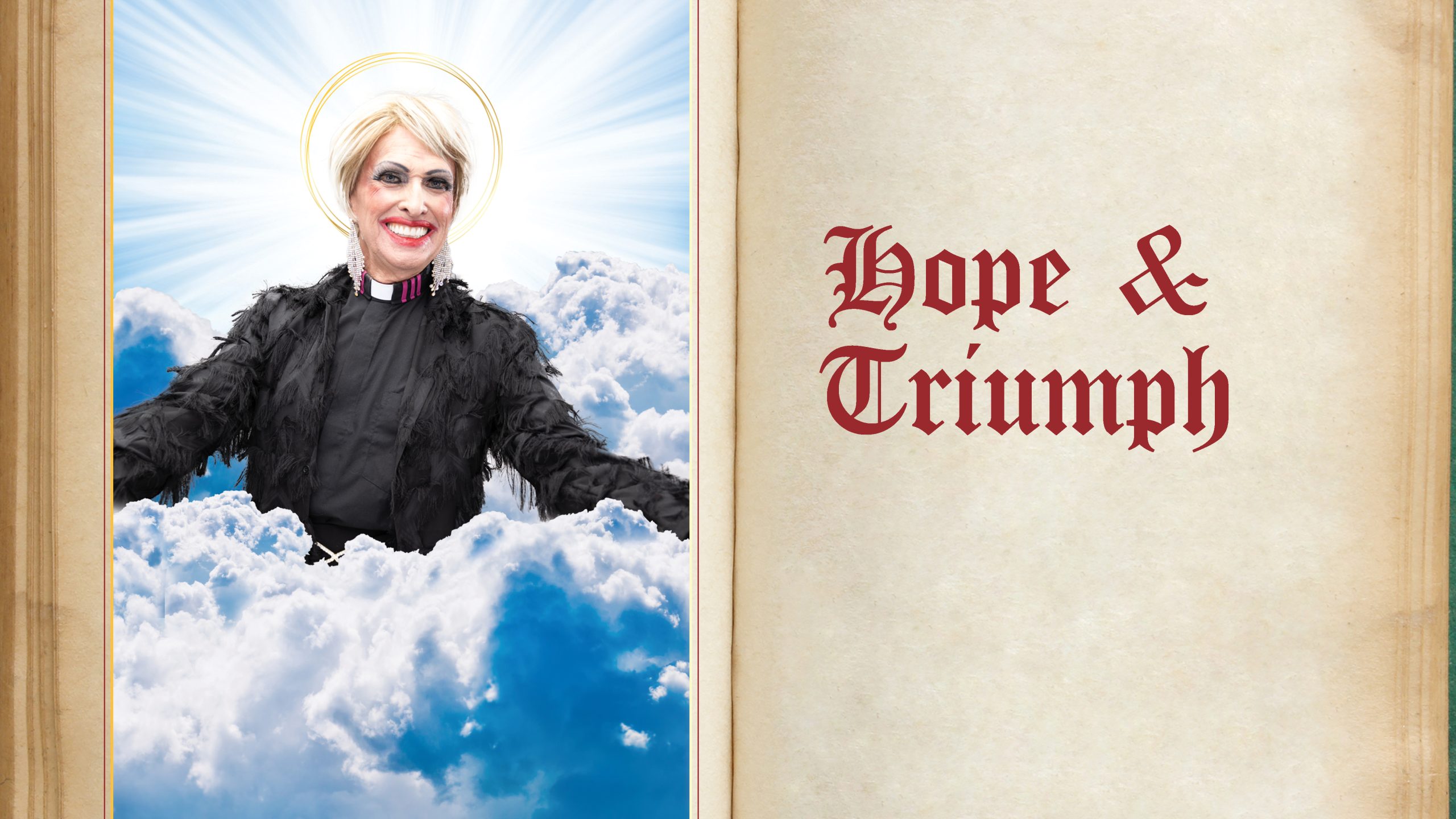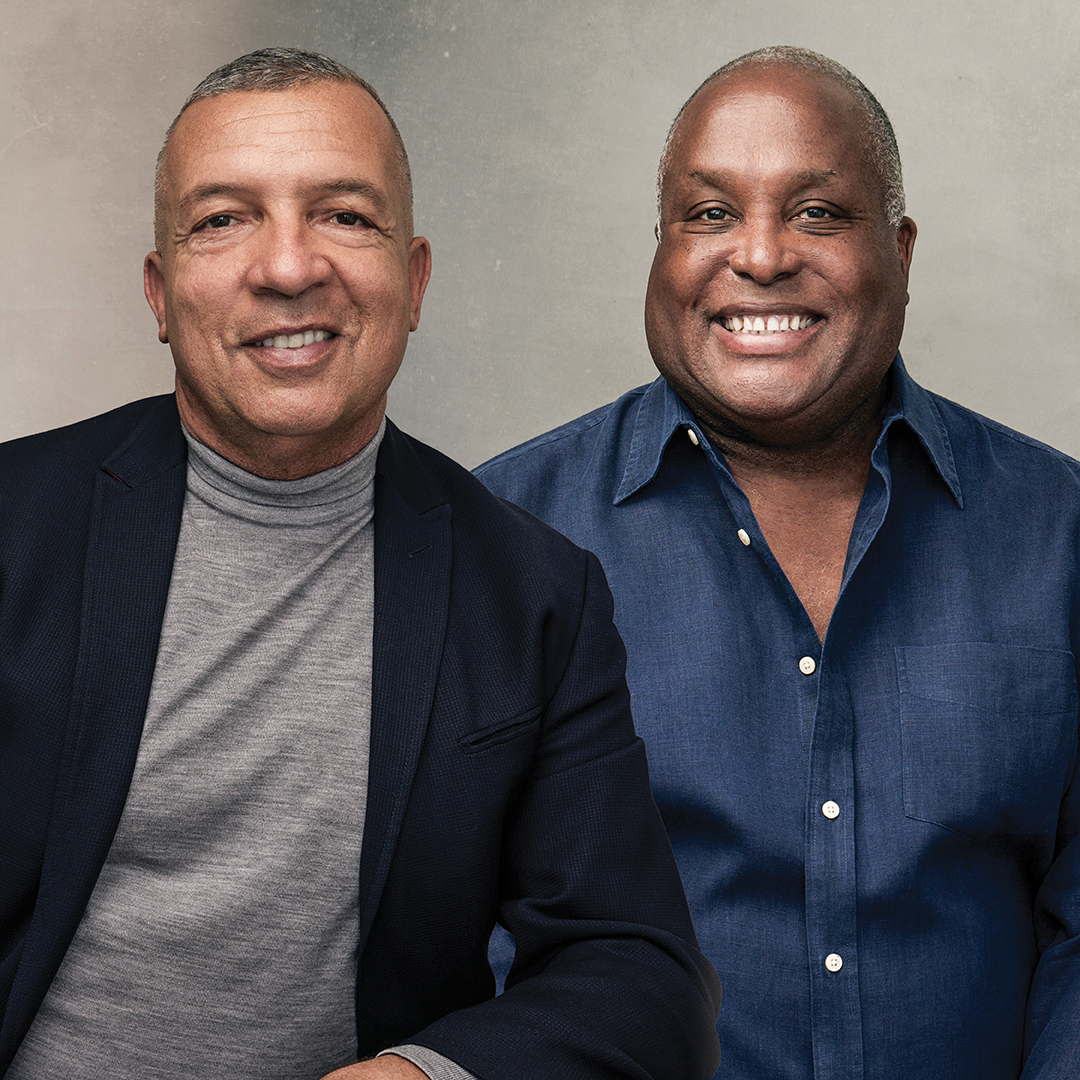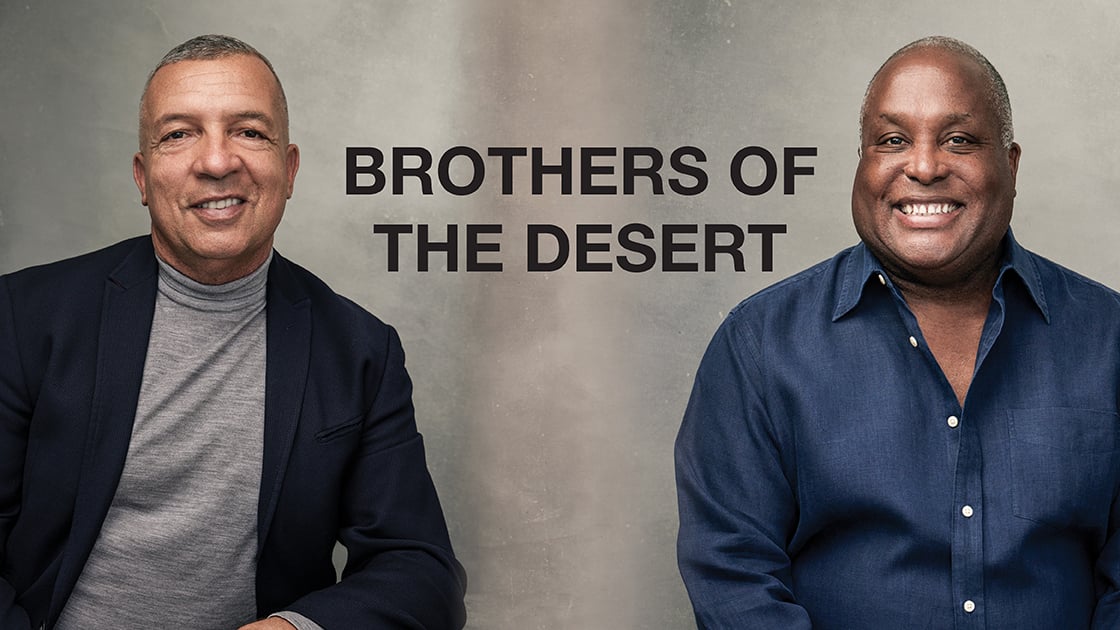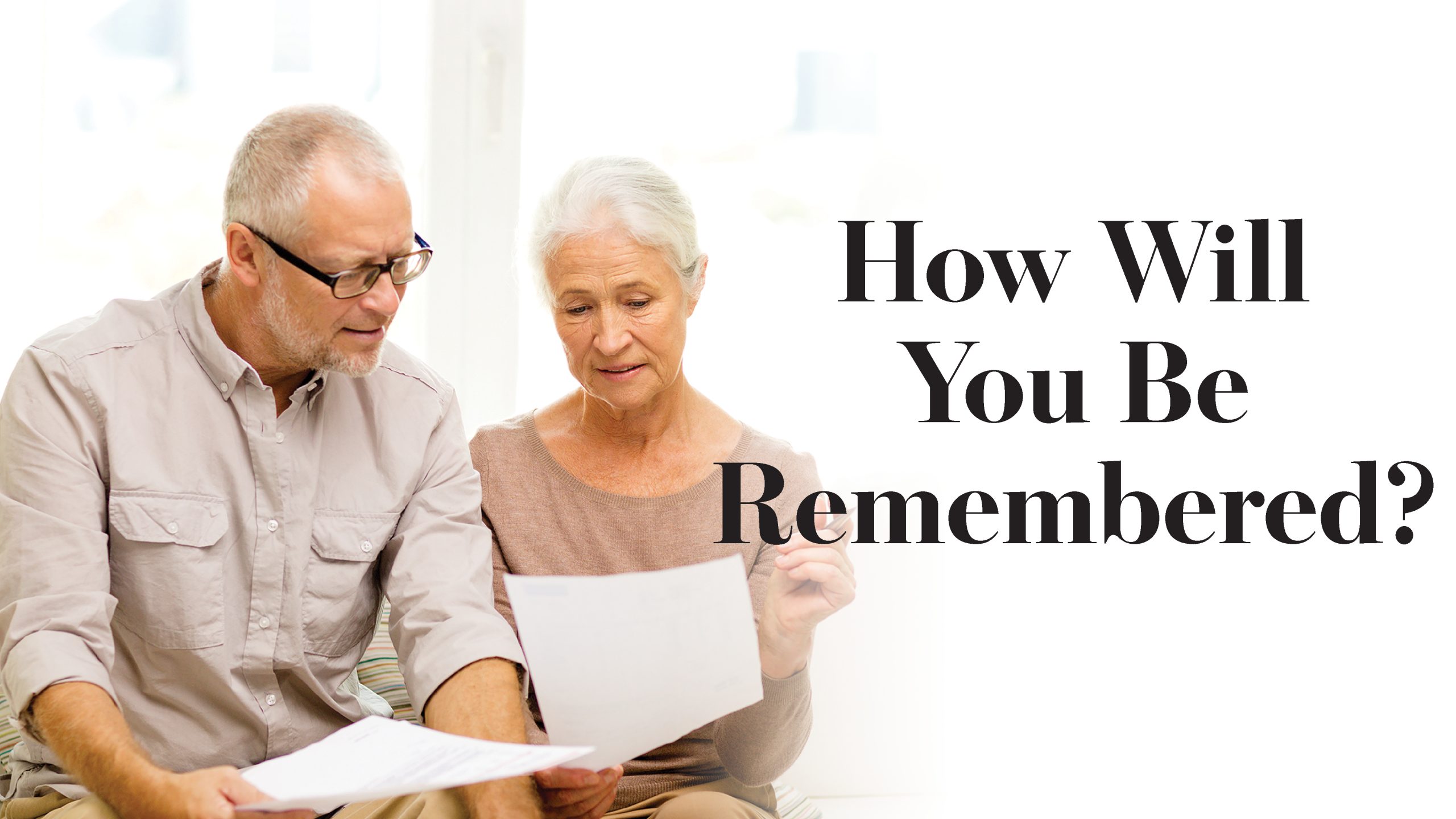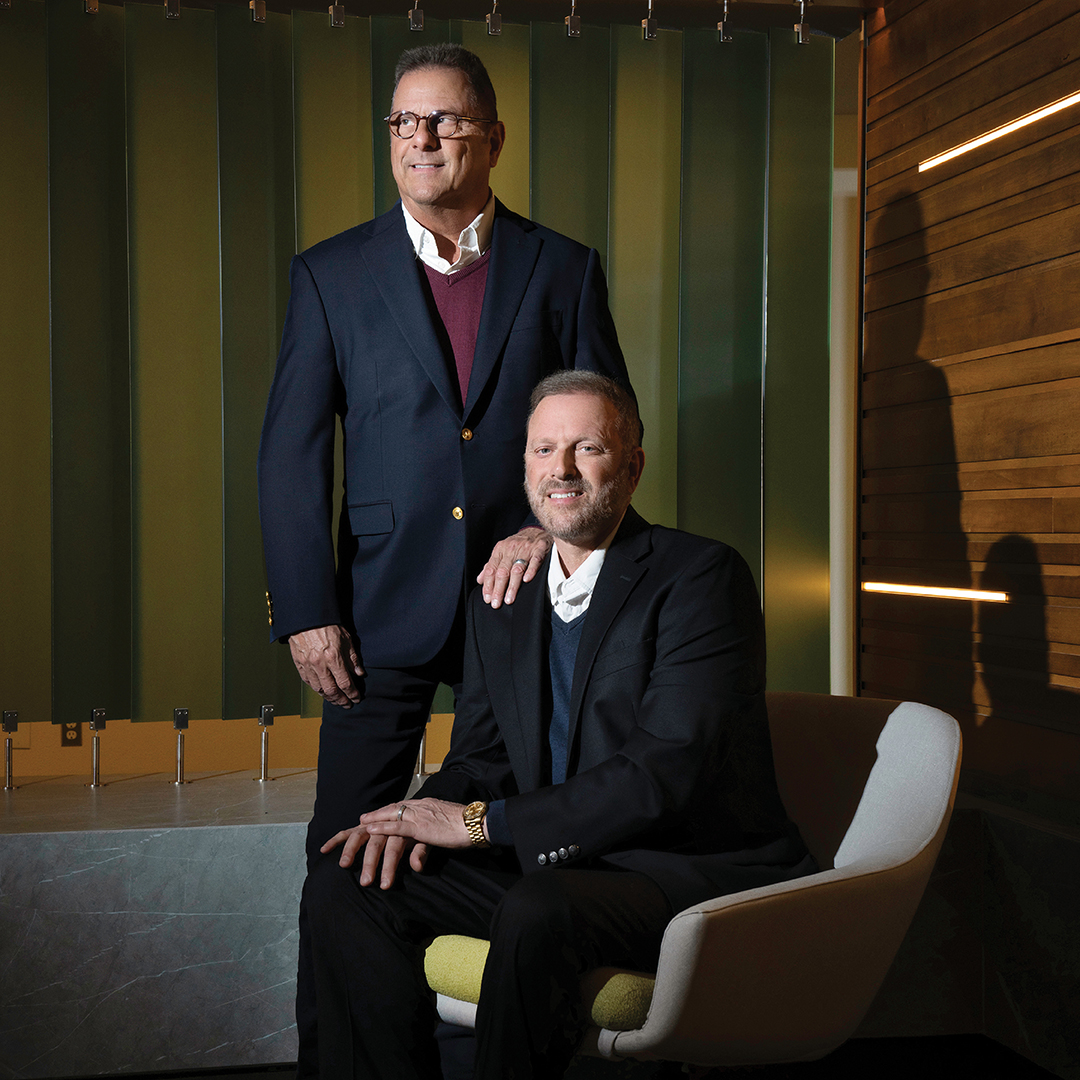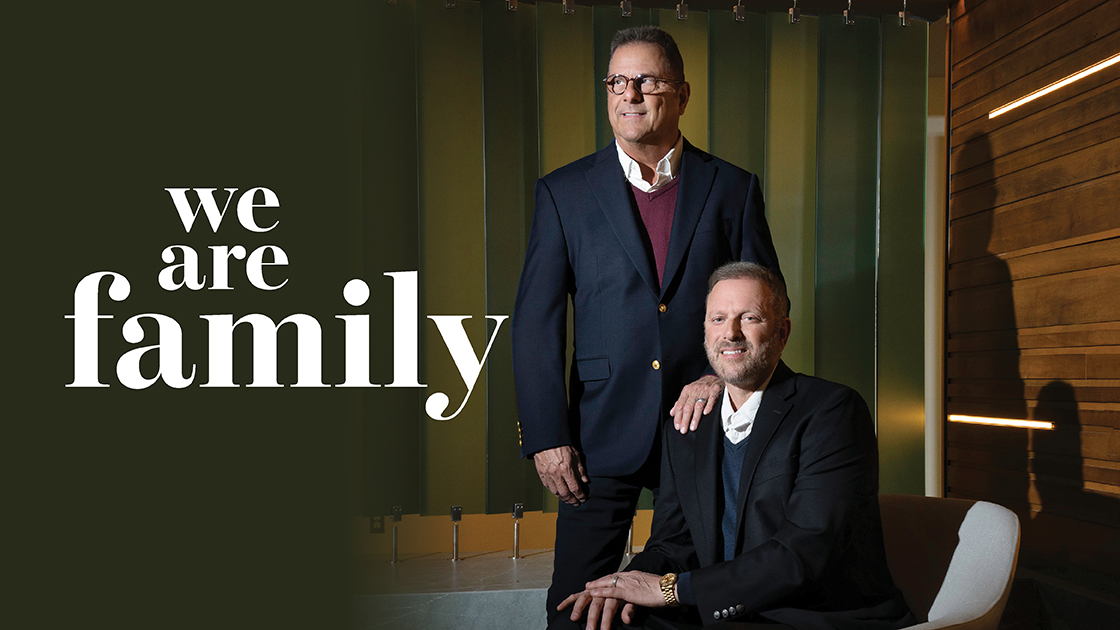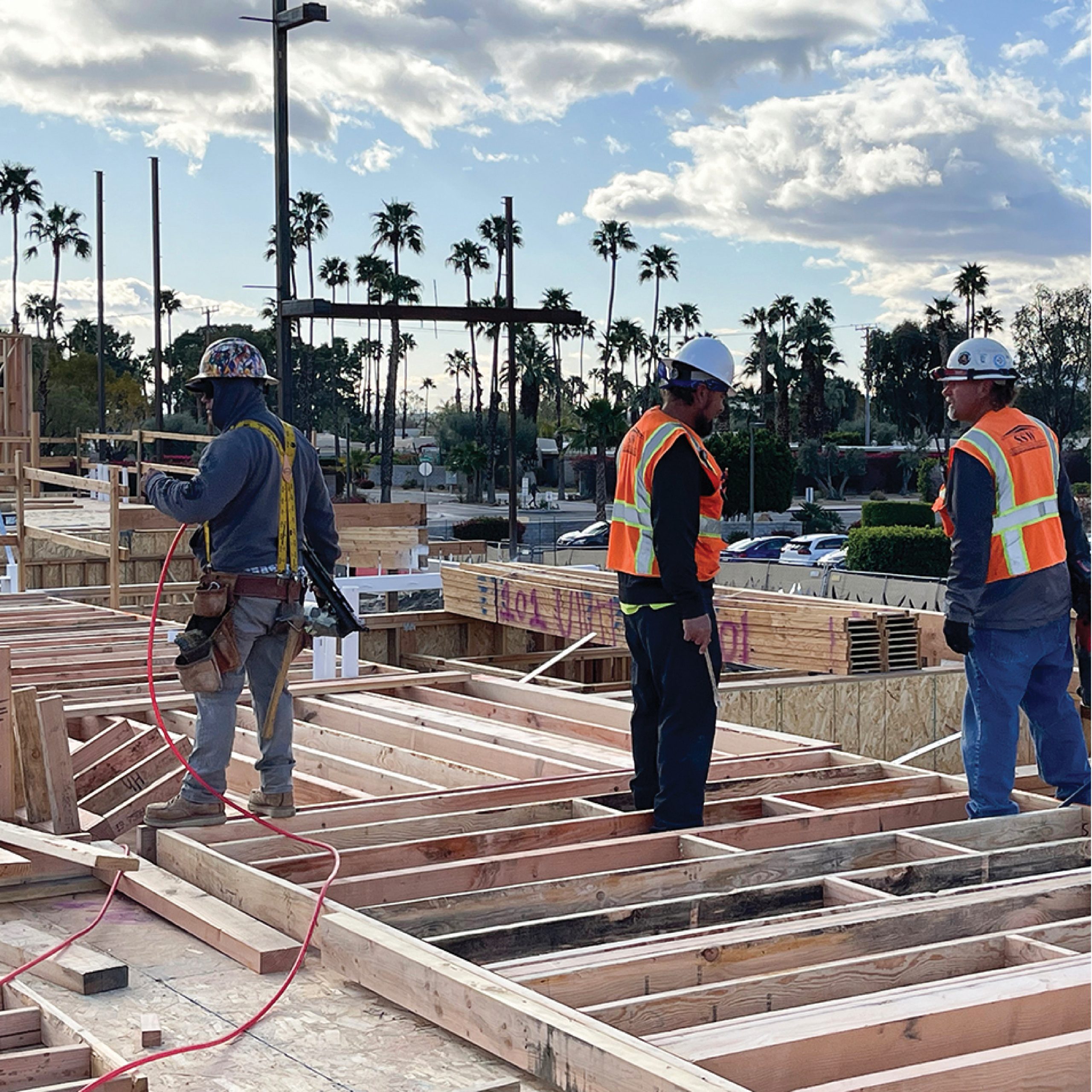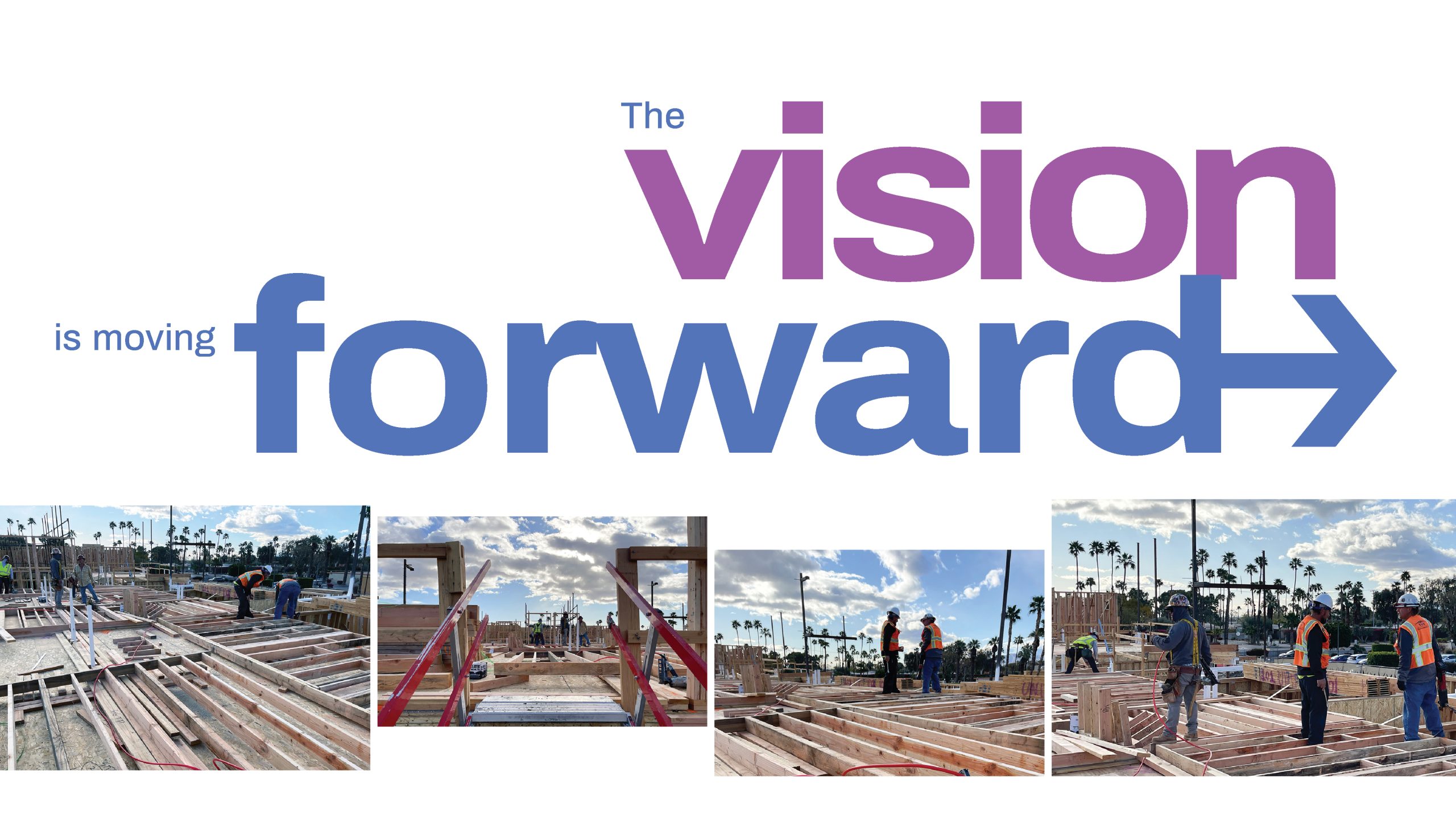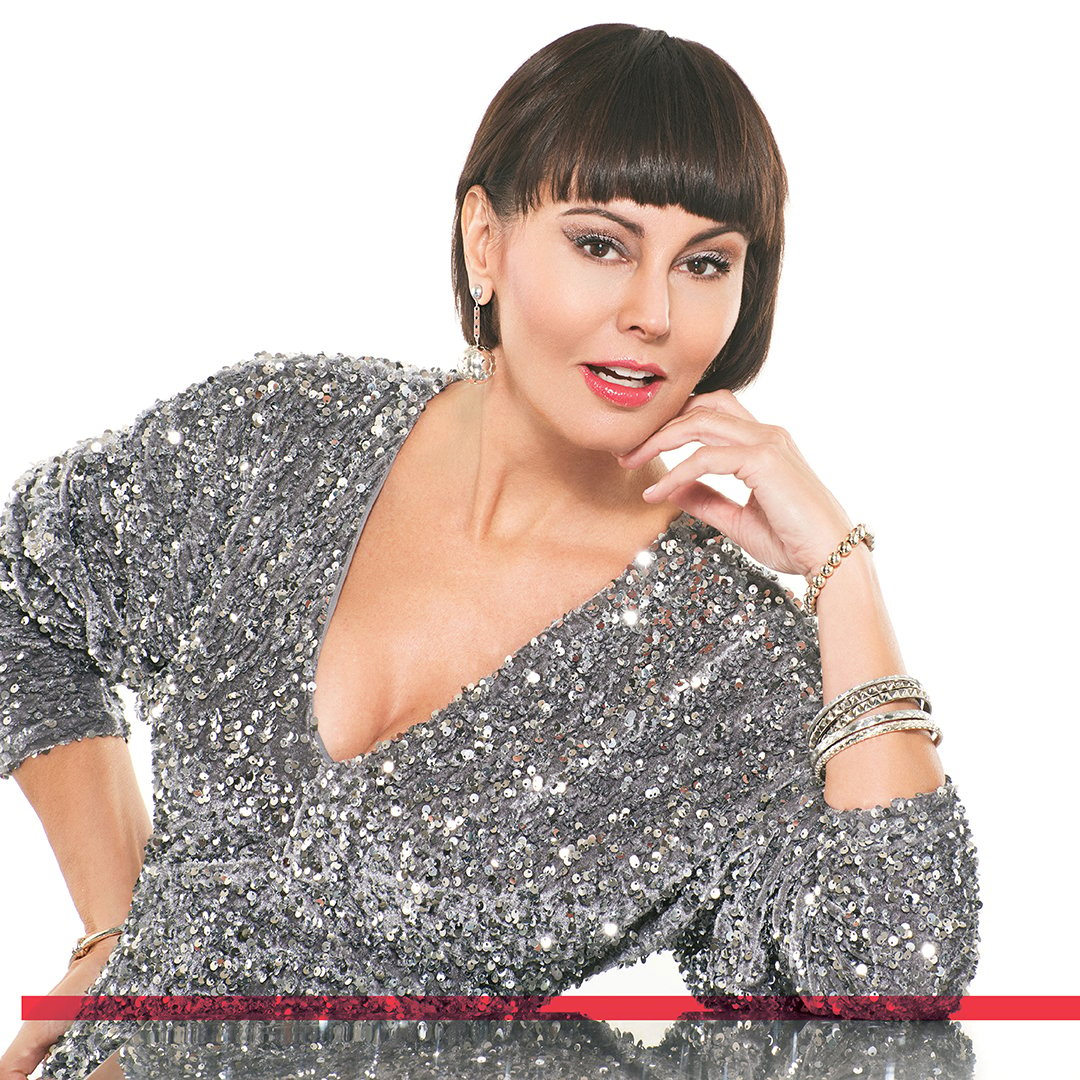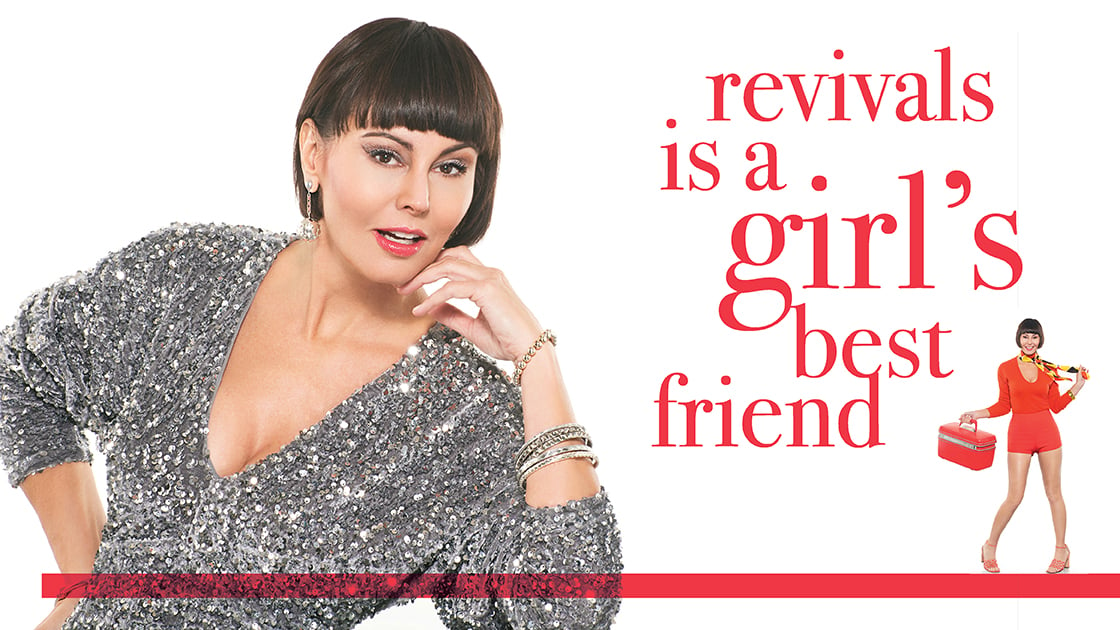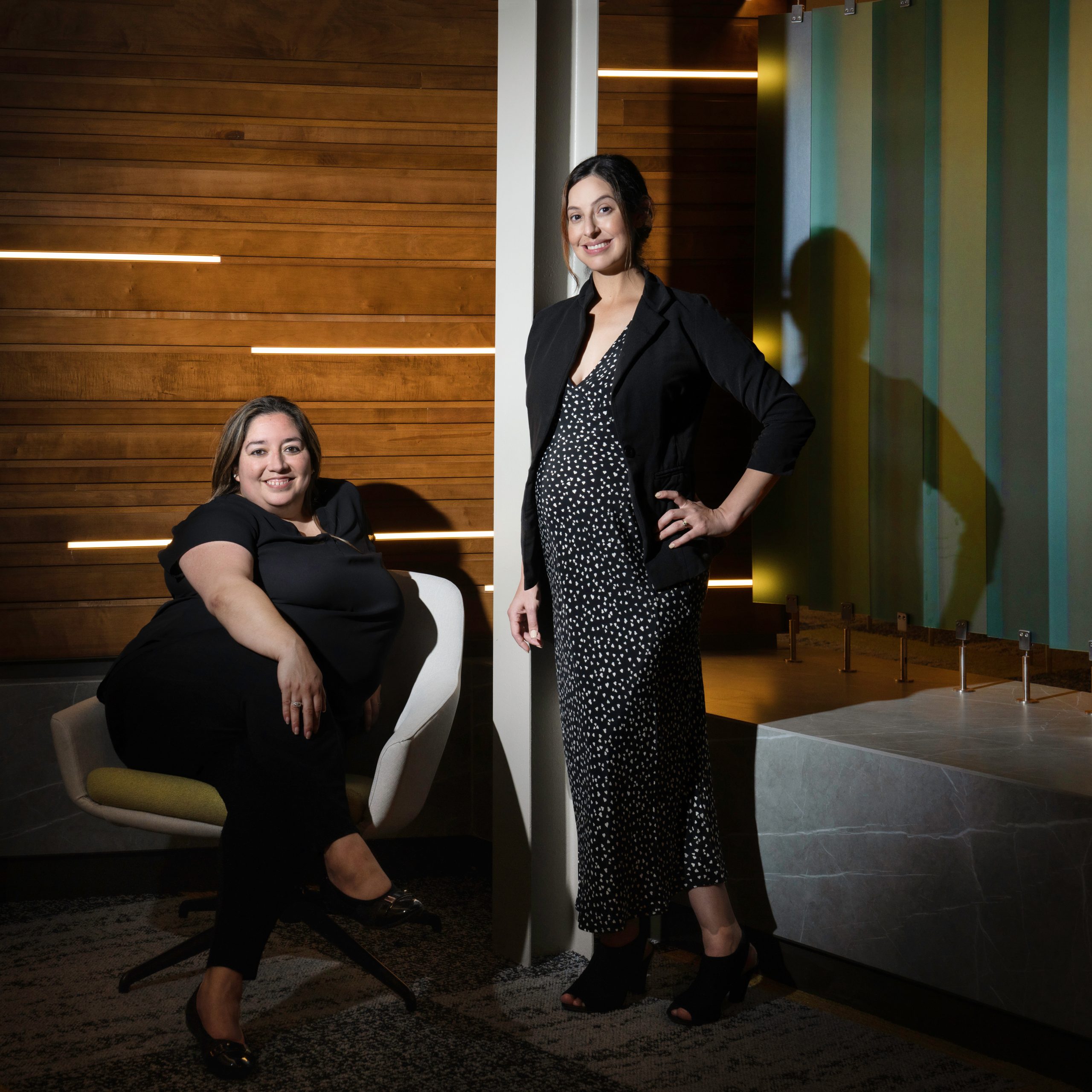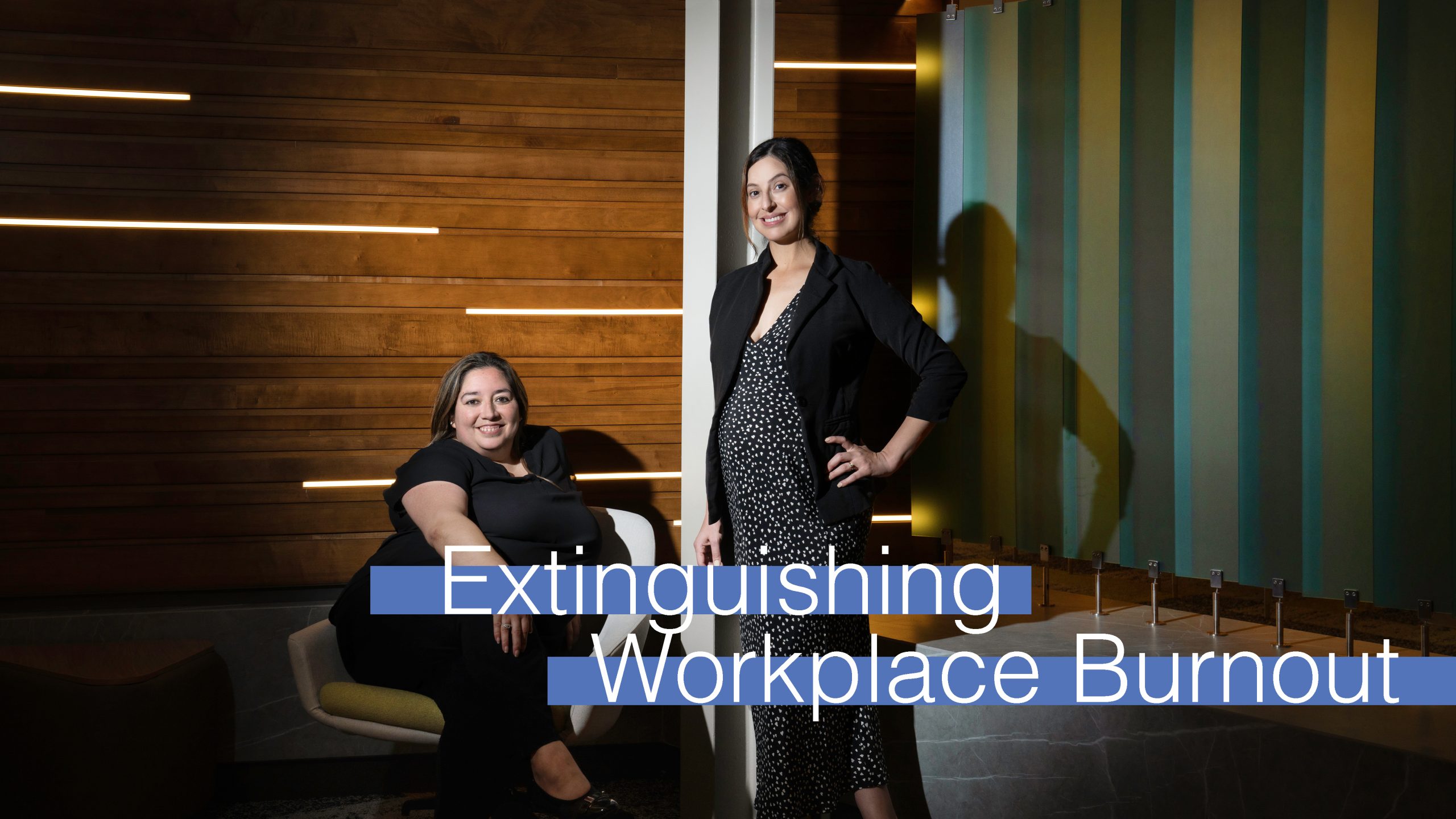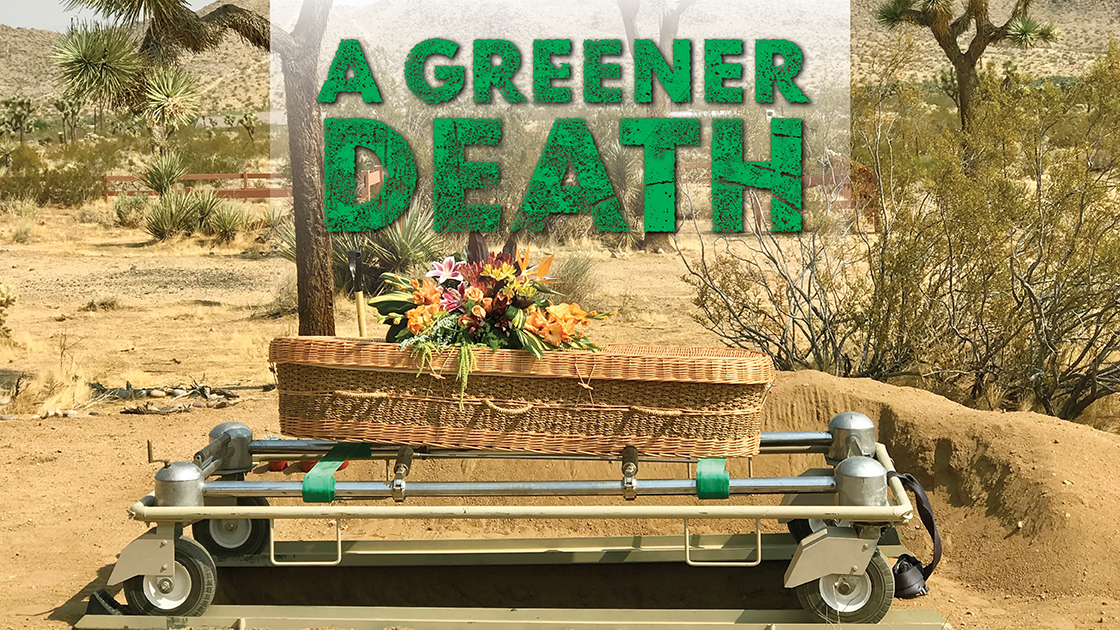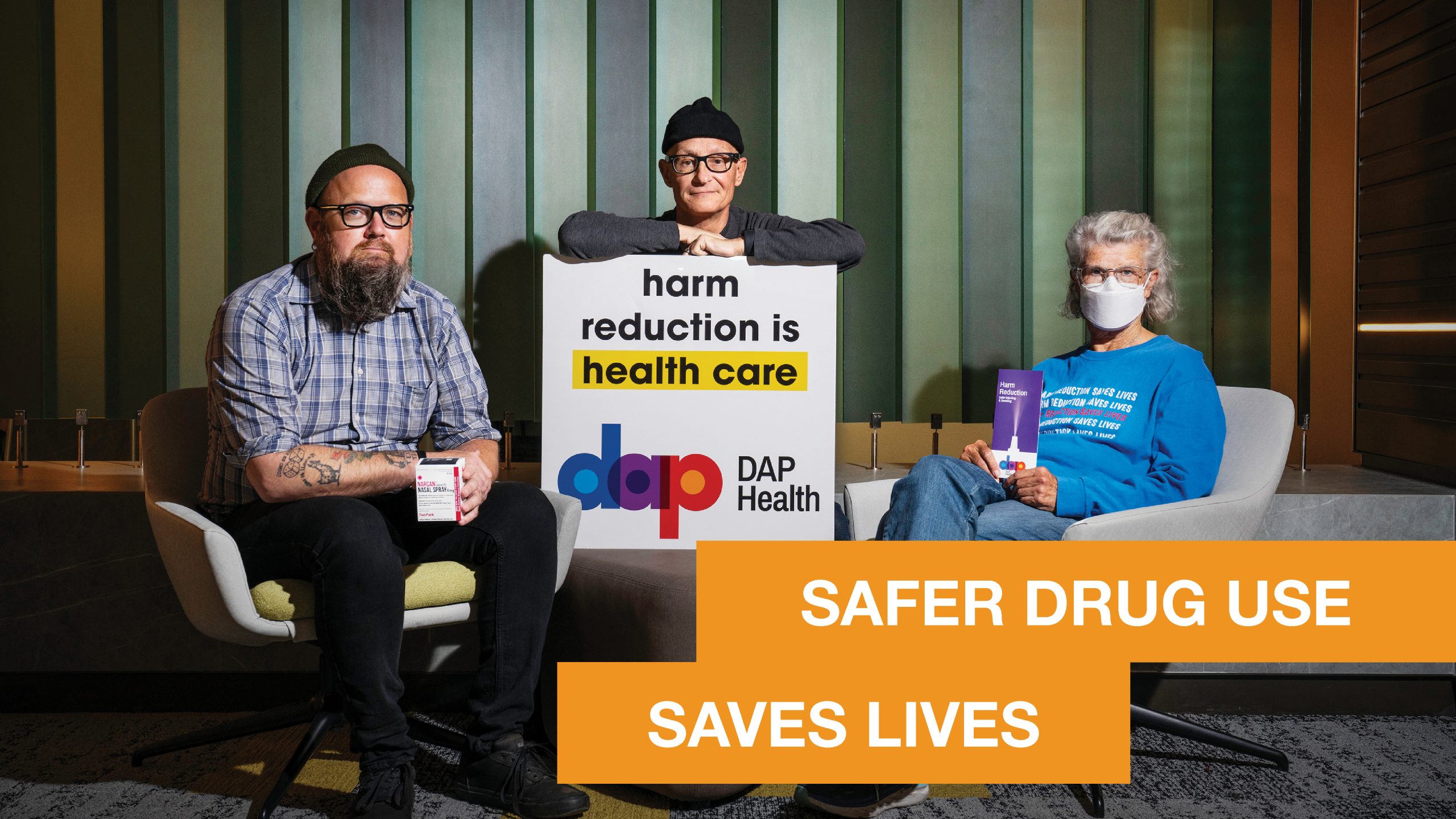
Safer Drug Use Saves Lives
Improving Fentanyl Overdose Outcomes Is Just One Facet Of DAP Health’s New Harm Reduction Program
Words by Jim Macak
Tom (not his real name) is a tall, thin, handsomely weathered 67-year-old Maui native raised in Long Beach. He’s been HIV-positive for 17 years, unhoused in Palm Springs for 12, and a moderate crystal meth user for 10.
He discovered DAP Health’s Harm Reduction Program about a year ago, thanks to his daily attendance at Well in the Desert’s hot meal service. DAP Health’s team — Community Health Harm Reduction Supervisor Neil Gussardo, Educator Bree Clark-Pharr, and longtime volunteer Suzanne Petersen — shows up twice a week at this location. Tom recalls that, without any reservation, he jumped at the chance to benefit from their provision of clean bubble bowls, which are the part of glass pipes where methamphetamine is heated.
“They’re completely compassionate,” Tom says of Gussardo, Clark-Pharr, and Petersen. “They’re sensitive to your needs. They want you to have the safest equipment for your drug use. They’re very supportive without ever pushing recovery on you.” In fact, he recommends the program to all his unhoused friends who use drugs.
Gussardo is no newcomer to serving people experiencing substance use disorder. He has worked in the field for more than 20 years, beginning his career in San Francisco, then transitioning to the Betty Ford Center in Rancho Mirage. He has been with DAP Health since February 2022, and explains that the Harm Reduction Program has two priorities. The first is to provide equipment that will reduce the transmission of HIV, hepatitis C, and other illnesses.
Specifically, the program provides fresh syringes, gift cards as an incentive for those who bring in used syringes, alcohol swabs and cotton filters for injections, test strips to determine if a more dangerous synthetic opioid like fentanyl is mixed in with other drugs, cookers to help convert drugs in solid form to liquid, and clean pipes, glass bubble bowls, pipe extensions, and foil used in smoking opiates.
The second priority, Gussardo says, is to distribute opioid overdose treatments proven effective, such as injectable naloxone and the nasal spray Narcan (recently approved for over-the-counter sales by the FDA, and likely available by late summer). Persons who overdose cannot typically self-administer such aids, so the products are provided to fellow users who can come to the rescue should need be. Proper training for administering overdose therapy is provided as well.
The reaction to this program has been positive. But occasional negative comments are not uncommon from passersby who learn what services Gussardo and his colleagues supply. “We absolutely encounter folks who think we’re enabling drug use rather than reducing the risk of harm,” he says, adding that by diminishing disease transmission, the program is saving society a considerable amount of money and time spent treating people infected with HIV or hep C. “We’re helping alleviate a drain on the system, person by person.”
More importantly, according to Gussardo, “It’s been reported to us from our participants that they’ve used either naloxone or Narcan provided by DAP Health to reverse 104 overdoses from September through January. That’s 104 lives saved.”
The Harm Reduction Program took root in the middle of 2022, at a time when overdoses from fentanyl had become an epidemic throughout the country. The drug is a legally prescribed painkiller, but in the last 10 years it has become a widely used street drug that’s up to 50 times stronger than heroine and 100 times stronger than morphine, according to the Centers for Disease Control and Prevention (CDC). It’s often added to other drugs because of its extreme potency which, according to the CDC, makes substances cheaper, more powerful, more addictive, and much more dangerous. The number of overdose deaths involving fentanyl, the CDC reports, shot up from 1,615 in 2012 to more than 71,000 in 2021.
According to the California Department of Public Health, there were 408 overdose deaths involving fentanyl in 2021 in Riverside County. Statistics on confirmed overdose deaths for 2022 are not yet available. Sheriff Chad Bianco told City News Service last October that the rate of fentanyl poisonings is soaring, and that the number of confirmed deaths “is going to increase significantly.”
The majority of participants in DAP Health’s Harm Reduction Program, Gussardo says, are unhoused. Twice a week, his team drives its van to churches on the western end of the Coachella Valley, linking arms with the aforementioned Well in the Desert, a nonprofit that provides hot meals five days a week for working poor, persons without homes, and others.
When Gussardo, Clark-Pharr, and Petersen aren’t with Well in the Desert, they look for encampments. And if people at these locations are interested, the team works with them, too.
“We’re not doing counseling,” maintains Gussardo, “but we do see people on a repeat basis. Sometimes we see the same person twice a week. And we’re building a rapport with them, building trust, and providing referrals for additional services.”
Gussardo reveals the Harm Reduction Program has started reaching out to another group he refers to as “the party and play crowd” — gay men who, in sexual situations, occasionally use crystal meth, and who “potentially share syringes” — by establishing a Thursday evening presence on Palm Springs’ Arenas Road, where a number of gay bars are located. While still in its infancy, that initiative is slowly but surely building a clientele.
Next steps, Gussardo says, will include strategically based vending machines allowing for 24-hour access to complimentary safer-use materials such as Narcan and clean paraphernalia.
One theme Gussardo stresses in terms of harm reduction generally is how much of the population stigmatizes those who use drugs. Based on his experience in talking with those who use, he says that when these people reach out for help, they’re often met “with all the stigma of addiction. They’re met with people who don’t treat them as human beings, which then becomes a barrier to any kind of treatment.”
Part of the solution, Gussardo maintains, would be to reference “a person who uses drugs” as simply that, or as a person with a substance use disorder — rather than as a drug addict. This is part of a “people first” use of language to reduce the impact of stigma that Gussardo and other Harm Reduction team members emphasize.
Does this approach really work? According to Tom, it definitely does.
Anyone interested in receiving clean supplies is encouraged to visit DAP Health’s Harm Reduction team in the field.
Call 760.323.2118, Extension 504, to inquire about schedules and locations.
